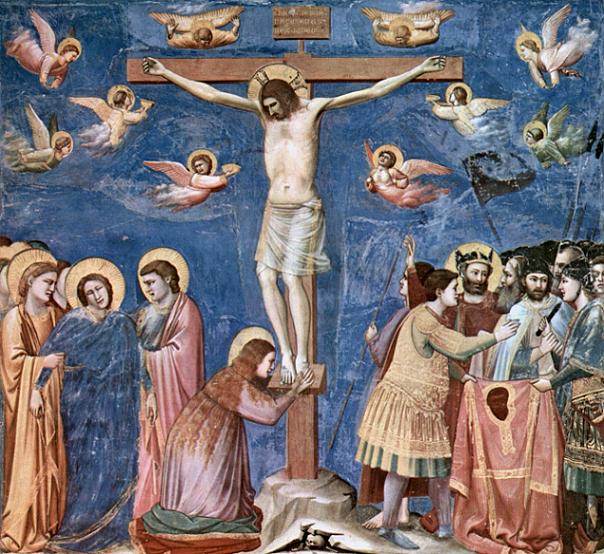
LIFE AS MYTH
![]()
JOURNAL
![]()
JOURNAL 2009
![]()
A feminine myth
Creating a new myth
![]()
SPRING 2009
Mythology of other
![]()
LIFEWORKS
![]()
ATLAS
![]()

SPRING 2009
THE SECOND SCAPEGOAT
". . . (W)hen we finally know we are dying, and all other sentient beings are dying with us, we start to have a burning, almost heartbreaking sense of the fragility and preciousness of each moment and each being, and from this can grow a deep, clear, limitless compassion for all beings."
Sogyal Rinpoche, author of The Tibetan Book of Living and DyingThe ritual of Yom Kippur, as detailed in Leviticus, is steeped in blood and animal sacrifice, set against the backdrop of the veiled and incensed Holy of Holies. Through a series of ritual cleansings and slaughters, the priest atones first for his own sin and then the sin of the community, bringing the community back into harmonious relationship with the divine.
But there are two goats for Yom Kippur. Not one. I didn't know that until I began researching this topic. And the fact that there are two makes all the difference.
The priest sacrifices one goat to be used in the ritual at the altar. The other goat, the scapegoat, is the goat that is driven out from the communal circle, carrying the collective sin with it. It is this necessity for two goats -- one for Divine reconciliation and the other for Human reconciliation -- that sings to me. Is "sing" the right word? Yes, probably. It "sings" to me because, like music, it expresses an idea in a language which transcends words.
Part one, first goat. To restore Divine relationship, the priest participates in a ritual with the blood of the first sacrificial goat. But it is not the blood of the goat alone which restores relationship with the Divine. It is the ritual of the priest accompanied by the simultaneous fasting and prayer of the community. In other words, individuals are responsible for participating consciously in the atonement process.
Part two, second goat. The restoration of relationship with each other works in a similar fashion. There is sacred ritual and there is conscious human engagement.
The Day of Atonement absolves from sins against God, but not from sins against a fellow human unless the pardon of the offended person be secured. Mishnah tractate Yoma 8:9
So here's "the rub", as Hamlet might say. Reconciliation with God is not sufficient to atone for transgressions between individuals. How much easier to place the sin on the head of the goat, drive it off the cliff and have done with it. How much simpler, how much less costly, how much less humbling it would be. And yet the requirement is quite clear: atonement requires reconciliation with both God and your neighbor.
And here the wisdom of a past myth informs our present one. When groups create scapegoats they are attempting to heal and restore group relationship without facing the real demon -- the one that resides within and among us. The mythic tradition of the scapegoat shows that reconciling with God is not enough, we must also reconcile with each other before true harmony can be restored.
The second goat, the scapegoat, is not an end in itself, but a symbol of the relational work that has been done with God, and with each other. Once we see our scapegoats for the symbols that they are, once we turn and face our real demons, what then? How do we negotiate the wilderness of repentance and forgiveness? That is an idea that I still struggle with mightily. And I shall leave it for another day.
The crucifixion. Giotto di Bondone. 1304-06. Cappella Scrovegni a Padova.

